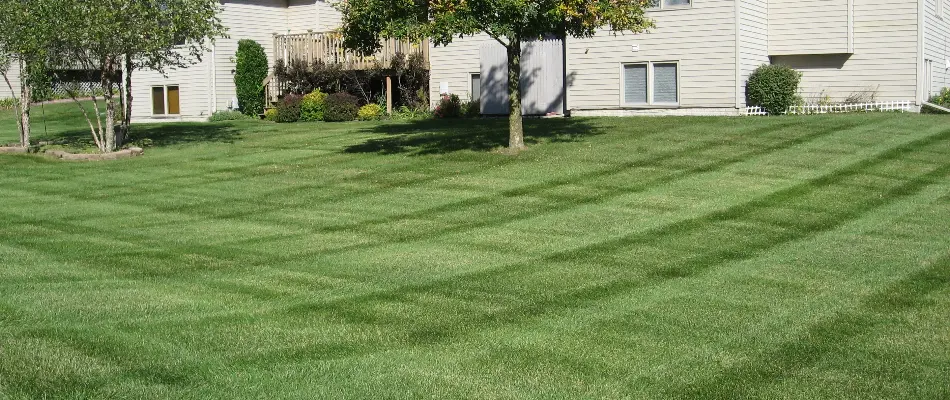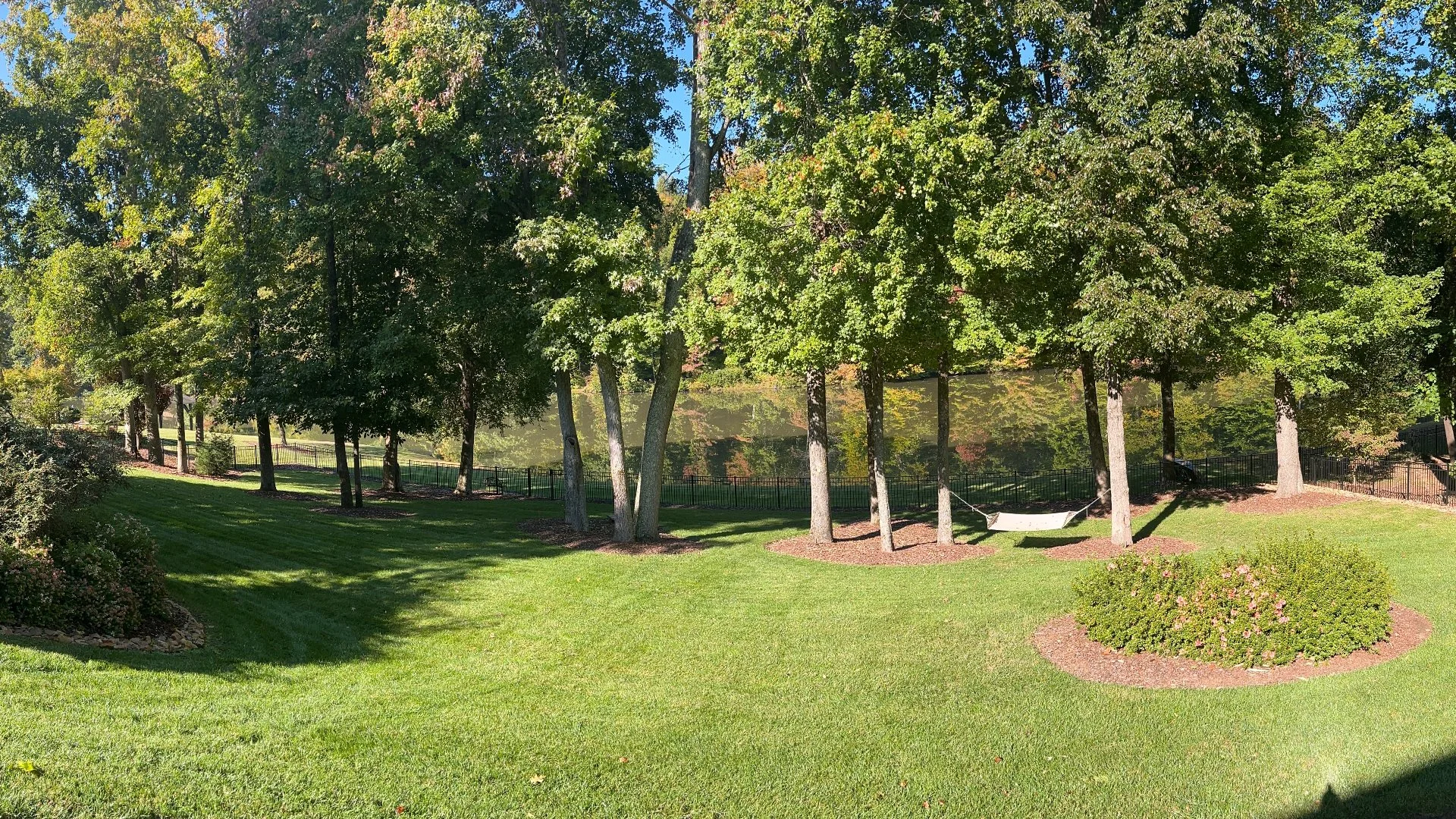The harsh winter temperatures in Iowa will cause your lawn to go dormant. To help it bounce back, you'll want to implement the right spring fertilization schedule. For great results, you should fertilize your lawn twice in the spring, once in early spring, and again in late spring. An early spring application is beneficial because it helps your lawn come out of dormancy and promotes new growth. A late spring application is equally as beneficial because it replenishes the nutrient supply and prepares the lawn for the hot summer months. For best results, you should combine spring fertilization treatments with weed control. Weed control is necessary because it prevents weeds from using the nutrients found in the fertilizer for their benefit. By following this schedule, you can help your lawn thrive this spring!
Fertilize Your Lawn Once in Early Spring (Mid-March to Mid-April)

A fertilizer application done in early spring provides your lawn with the nutrients it needs to come out of dormancy and become full of life again. Over the winter, the cold temperatures will cause your lawn to go dormant and turn brown, which may cause concern. A dormant lawn isn't a dead lawn, though! As spring approaches and the temperatures begin to rise, your lawn will slowly start to come back to life. To help it bounce back and transition to a healthy green color faster, your lawn might need a helping hand. Fertilizer treatment during the early spring helps start the growing season on the right foot.
The right amounts of nitrogen, phosphorus, and potassium are needed in early spring to help promote any new growth!
Fertilize Your Lawn in Late Spring (Mid-April to Mid-June)
Between early and late spring, your lawn will have absorbed many nutrients from the first round of fertilizer and is ready to be replenished. A second fertilizer treatment in the spring will replenish all of the nutrients your lawn has used up since the last treatment. These nutrients will help your turf continue to build a strong root system and help strengthen it so it will be better equipped to withstand various stressors such as diseases and insects.
Another reason a second application is important is its ability to prepare the lawn for the hot summer months ahead, making it strong enough to withstand the heat. During this application, it's ideal to use a slow-release fertilizer because it will supply your lawn with nutrients over an extended period, so your lawn will have a sufficient supply to feed off of for a while.
Pair Your Spring Fertilizer Treatments With Weed Control
For great results, you should pair your spring fertilizer treatments with weed control. That's because weeds love to steal nutrients from fertilizer treatments for themselves. However, by combining your fertilizer treatments with weed control, you can prevent this from happening so that your grass will have full access to all of the nutrients.
During the early spring fertilizer treatment, you should apply pre-emergent and post-emergent weed control treatments to your lawn. Pre-emergent treatments will help prevent newly germinated weeds from sprouting through the soil, and post-emergent treatments will take care of any existing weeds. During the second fertilization treatment, you should also apply another round of post-emergent weed control to take care of any weeds that have managed to sprout on your lawn since the last treatment.
Give Us a Call to Schedule Our Lawn Fertilization Service Today
At A+ Lawn & Landscape, we offer a lawn fertilization service that includes two treatments in the spring to promote new growth and build a strong root system. This service also includes weed control, mosquito control, lawn disease control, lawn aeration, overseeding, and grub control. We offer our lawn fertilization service to commercial and residential properties, as well as HOAs, in Des Moines, IA, and other nearby cities, including West Des Moines and Ankeny! Contact us today at (515) 289-2020 to sign up.





Comments (0)
Thanks for your comment!
Thanks for your feedback! Your comments have been successfully submitted! Please note, all comments require admin approval prior to display.
Error submitting comment!
There is a problem with your comment, please see below and try again.